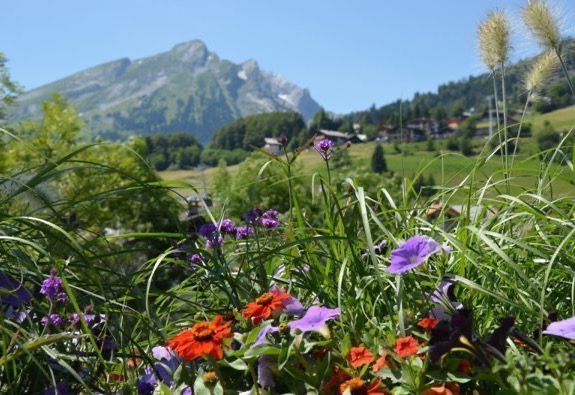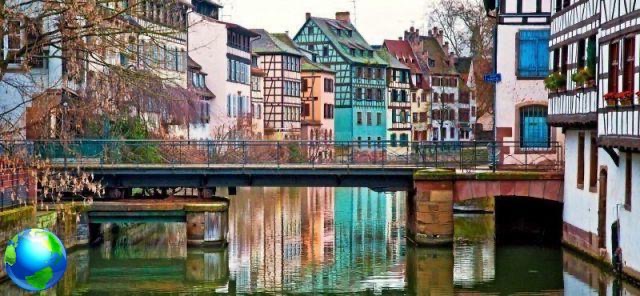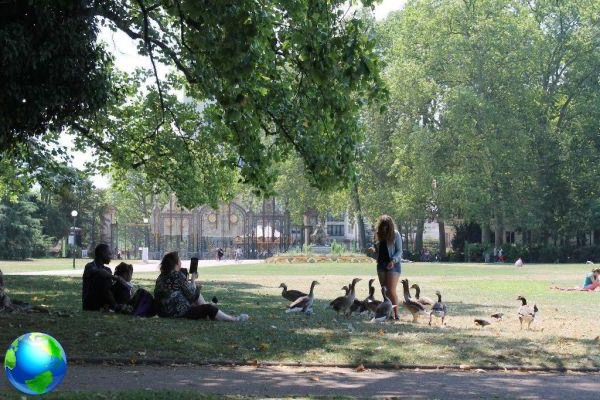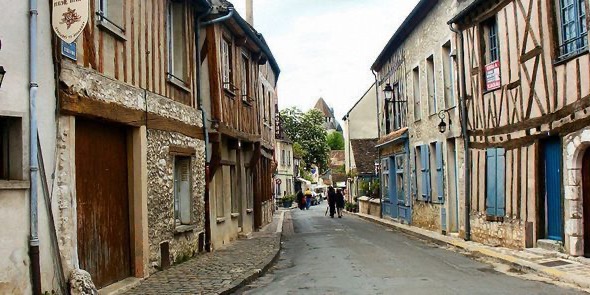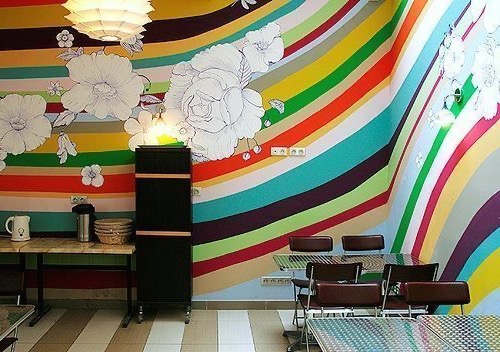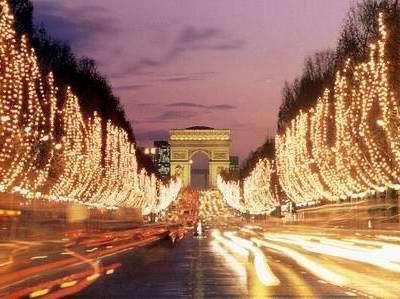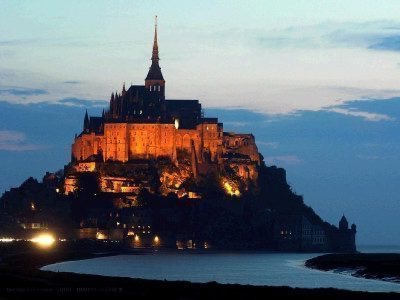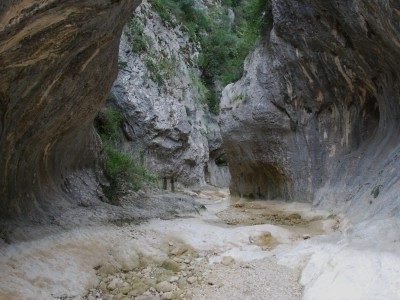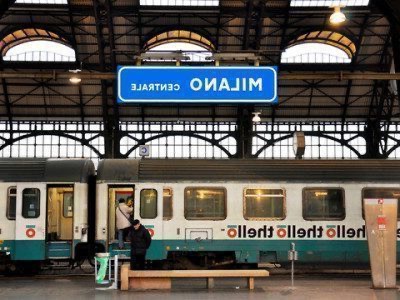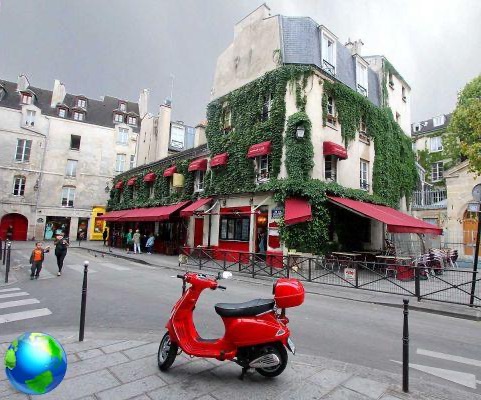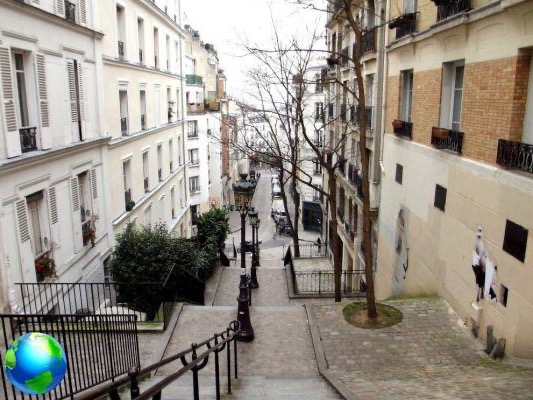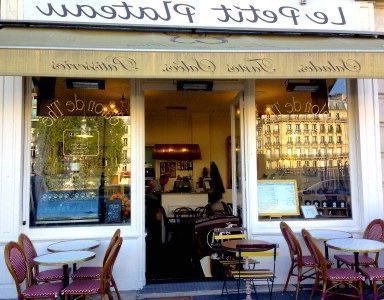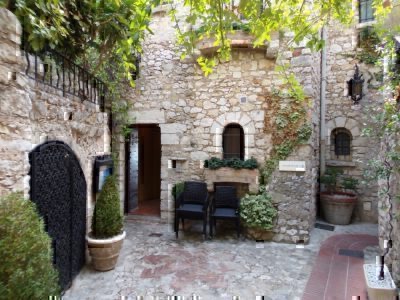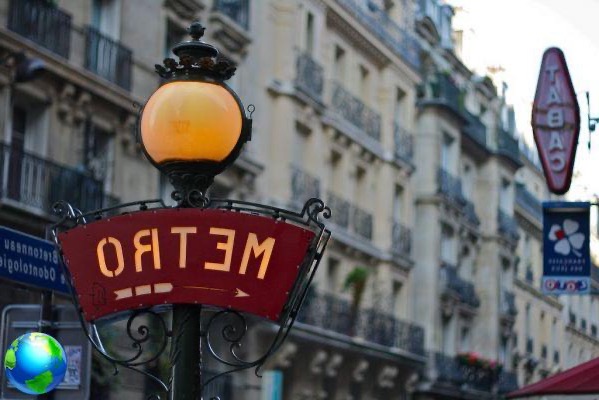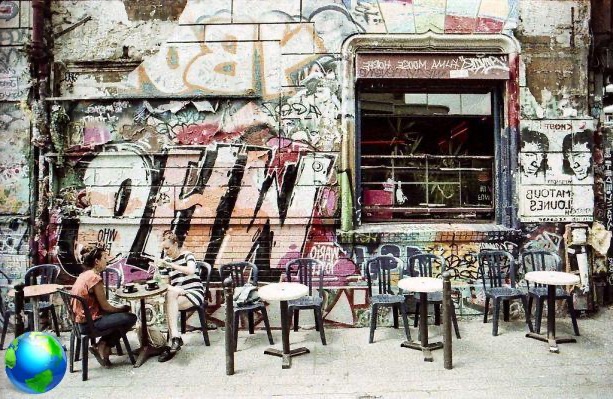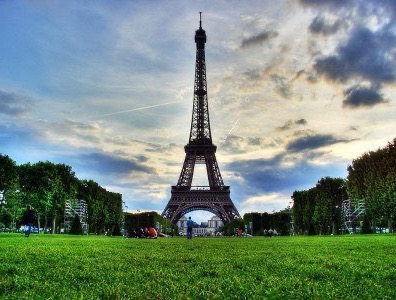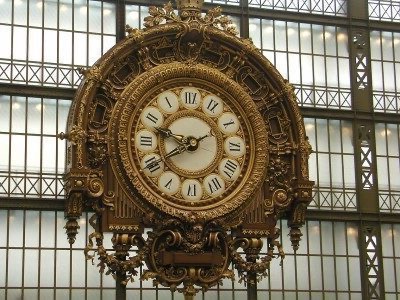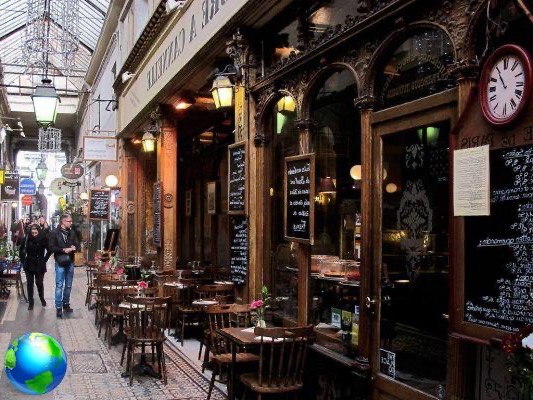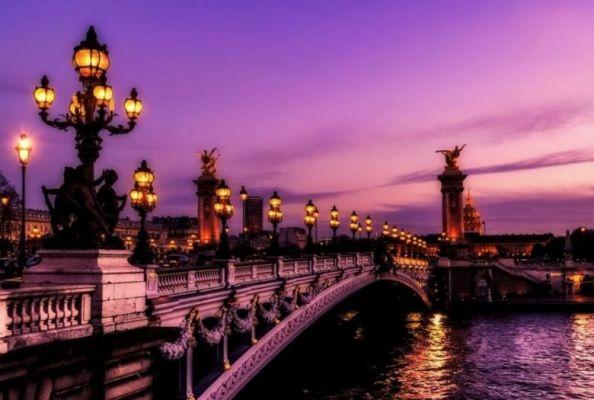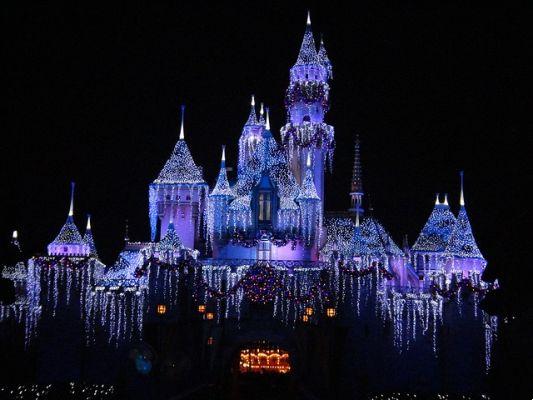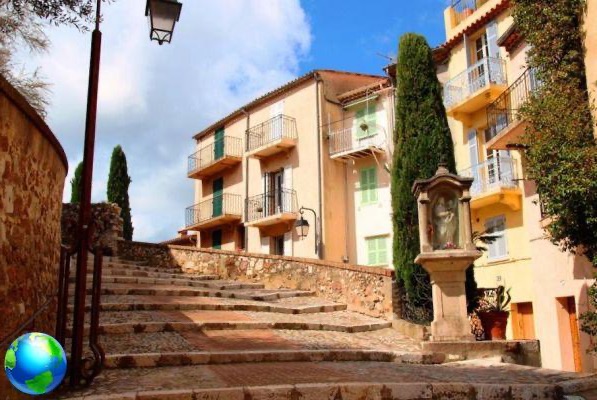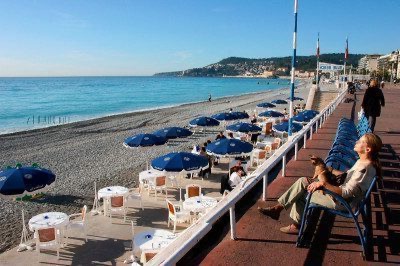
Beautiful Nice, in spring. Those who live in this city really have a blatant fortune. Embedded between the sea and the Maritime Alps, the gateway to Southern France, reminds me a bit of a "maritime Turin" and a bit of a "domesticated" Genoa according to French taste (and the historical reasons, in fact, are all there), in the conformation of the squares and facades of buildings, or of the characteristic dormer windows on the roofs or, again, in the pavements of the squares.
Who knows why Nice is so underestimated by most Italians, who consider it, for the most part, a mere city of transit to other shores. Wandering through its streets you can still breathe aatmosphere of other times, from Belle Epoque. FromArt Nouveau widespread in a very wide spectrum (above all, I point out the Cimiez district and the Mont Boron area, but the list could continue with most of its streets in the historic center and neighboring residential areas), to the nineteenth-century districts with a more austere style, to the plaster brick red color on which the typical olive green shutters stand out, the two-tone checkerboard flooring, the baroque facades of the churches, the alleys with art galleries and craft shops, small and large bookstores.
from Old City with the flower market and its glimpses of the sea, the Matisse Museum, the Marc Chagall Foundation, the Villa Massena with Empire-style furnishings. From the gardens and fountains, to the waterfalls from the rocks that overlook the old center (in the evening you will feel like you are in a nativity scene), to the tree-lined avenues, to the wisteria and lilacs, to the palms, to the olive trees, to the lemons, to the orange trees everywhere . And then, the sea: that famous blue sea which gave its name to an entire coast. A turquoise-blue that gives its best on days when the sky is steel-gray. Strolling along the famous Promenade des Anglais, with the Moorish dome of the historic Negresco hotel in plain sight, one wonders, with barely concealed melancholy, what Nice should have been like straddling late nineteenth and early twentieth century, when the Germans had not yet made havoc (demolishing it to reuse the iron) of that sublime example of architecture Liberty on stilts, which must have been the old Casino, then transferred in the XNUMXs to the “modern” Palais de la Méditerranée.
Along the Walk life goes on, at all hours of the day and night: from the people who doze on the typical blue iron chairs (today the "totem" of the walk), gazing into the sea, up to the horizon (in the distance you can see the lighthouse di Cap d'Antibes), skaters, families with children, couples walking hand in hand, owners with dogs, children learning to ride a bicycle, sportsmen who train by jogging.
I admit it: walking along the Promenade is addictive. At first you wonder what is special about it today. A seafront like many others, apparently. But then, living it, you realize that the myth is even more present than ever, despite the havoc of history and urban planning (not so much, then, on this first stretch). That the Belle Epoque left an intangible scent trail behind it and a tangible trace of its hedonisms in the numerous buildings overlooking the sea. And that even if the majestic Casino on the sea no longer exists, looking towards its "ground zero" still seems to glimpse its shape, almost a hundred years later. In short, walking on the Nice seafront you realize you are on “The” Lungomare par excellence, that of the frivolous Deco-style posters. And that La Promenade is always the Promenade.
Some addresses: To stay in the Belle Epoque spirit, I highly recommend you Villa Vermorel Bed & Breakfast (Liberty villa exquisitely restored, furnished and managed with charm, with sea views and good prices), 1,5 km from the center. To eat at decent prices (Nice is expensive), try the Chez Teresa focacceria (old town, along the "maritime route") for lunch and Du Marché (Flower Market Square) for dinner (the latter also offers set menus at good price, both for lunch and dinner). Or try one of the many ethnic restaurants, also in the old town (the choice is really wide and well assorted). For breakfast, I suggest the Boulangerie Table d 'Hotes Le Coin Quotidien, still in the center of the old city (corner of Piazza Mercato dei Fiori, almost opposite the Opera House). For shopping, go to La Droguerie (French chain), 29 Rue de Hotel des Postes: the place cannot be described… Consider it a surprise (the website does not give the idea even from a distance, guaranteed).




